The Daily Escape:

Morrow Bay, CA – March 2024 photo by Slocoastpix
(This is most likely the only column this week, as Wrongo is working on an outside project.)
Today let’s cover a few disparate topics that are about clean-up from the Biden State of the Union address. The Hollywood Reporter reports on Biden’s viewership ratings with this headline:
“The 2024 State of the Union address drew a larger TV audience than the 2023 address.”
Biden’s speech averaged 32.23 million viewers across 14 broadcast and cable outlets, almost 5 million more viewers than the 2023 State of the Union. Viewership rose on all of the largest outlets by about 18%. More:
“The vast majority of viewers — 28.47 million — watched the State of the Union on the big four broadcast networks (ABC, CBS, Fox and NBC) and the three largest cable news outlets (CNN, Fox News and MSNBC). All seven outlets drew a bigger audience than they did for last year’s address.”
So much for viewer apathy. One big surprise to Wrongo is that Fox News led with 5.84 million viewers, beating out the 5.24 million for ABC, which had the largest viewership among the broadcast networks. NBC’s 4.47 million viewers finished third, followed by MSNBC at 4.43 million, (its largest audience ever for a State of the Union).
Why would Fox have more viewers when their network demographics skew far more to the Right than the others? Did they tune in hoping to see a Biden senior moment?
Second, Sen. Katie Britt (R-Jesus) lied in her rebuttal for the GOP.
Third, Umir Haque’s newsletter, the issue has some good insights that Wrongo hasn’t seen elsewhere. About leadership: (emphasis, parenthesis and brackets by Wrongo)
“We recently discussed the difference between occupying a leadership position—and being accepted as a leader. This Biden’s been hid[den] away by the Democratic machine….Those roaring, electrified [people attending the speech)? Those surging positivity ratings? That’s…going from merely occupying the position, to being accepted as a leader.”
More:
“Biden quietly proposed something very much like a new America. A new American social contract. The ideas came so fast and furious that they were almost easy to miss, sandwiched between philosophy and persuasion.”
More:
“…most State of the Unions aren’t like that. They’re pretty boring because Presidents tout their accomplishments. They’re backwards looking…sort of performance reviews….This one really was…profoundly different.”
Haque who lives in the UK, says that the ideas Biden put forth, are very popular in Europe:
- Taxing billionaires, which is part of a new movement, arising mostly in Europe, to reduce inequality, by having a global tax on the ultra-rich.
- Taxing executive compensation on salaries over $1 million by making them no longer tax deductible. This is also linked to recent moves by European nations to make economies more equal again.
- Giving home buyers tax credits. This is a first step towards fixing America’s badly broken housing market…..many European nations are trying to fix that through incentives like this.
- Lowering drug prices. One of Biden’s most revolutionary policy ideas was to let the government negotiate prices for many more drugs—this is a big deal, because of course Americans are ripped off incredibly badly by their version of “healthcare.” This would bring the US in line with other Western nations.
More: (brackets by Wrongo)
“if you read between the lines….Biden [is] recognizing how badly broken many aspects of the American social contract [are] —healthcare, housing, inequality, salaries, taxes—and how all that adds up to an incredibly precarious life even [if you are] at or above the median [income].”
More:
“Taxing billionaires, limiting salaries, intervening in broken markets, giving people actual support—none of these are ideas we associate in the slightest with…American politics. They’re the stuff of social democracy, and Biden’s setting out a sort of lightweight…social democratic vision. It’s not quite one fully, but what it does…is begin to put America on the path to becoming one, like the rest of the Western world.”
This sets a clear distinction between the Parties in 2024. Democrats since Bill Clinton have not had a clear definition of what they stand for: What do they stand for? What’s their overarching idea? Are they after a just society, and a good life for all Americans?
This theory of the good life, the just society, and how they’re linked now has Biden championing a politics that isn’t simply another version of “life’s about winners and losers”. Haque thinks this is an incredibly important evolution in US politics.
Will Biden’s move leftward bring enough votes to win in November? We have to hope it will. Conservative Republican Peter Wehner in the NYT reminds us that there’s just 34 weeks to the election:
“The next 34 weeks are among the more consequential in the life of this nation. Mr. Trump was a clear danger in 2016; he’s much more of a danger now. The former president is more vengeful, more bitter and more unstable than he was, which is saying something…..He’s already shown he’ll overturn an election, support a violent insurrection and even allow his vice president to be hanged. There’s nothing he won’t do. It’s up to the rest of us to keep him from doing it.”
It’s time on this Monday morning, to wake up America! IF he gets to run the country, Trump will act like a juvenile delinquent, flipping over as many of the cafeteria lunch tables as he can. In a nutshell, that’s his MAGA platform. And like the Zombie Apocalypse come to life, sooner or later all Republicans who hold public office will endorse him.
The rest of us have to put aside our ideological differences and support Biden. To help you wake up watch and listen to The Clash perform “(White Man) in Hammersmith Palais” from their 1979 album “The Clash”. This is far from their best, but it’s on point for today’s column:
This song is from a time when the youth began to realize that sticking together was actually a better idea than allowing themselves to be divided. That has to come back.
Sample Lyric:
White youth, black youth
Better find another solution
Why not phone up Robin Hood
And ask him for some wealth distribution



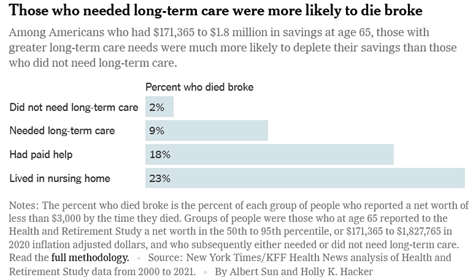
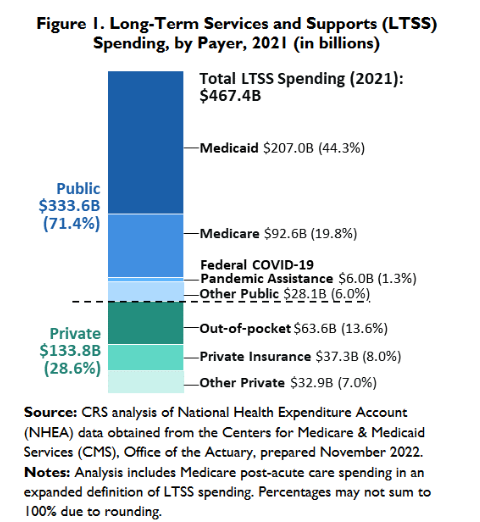
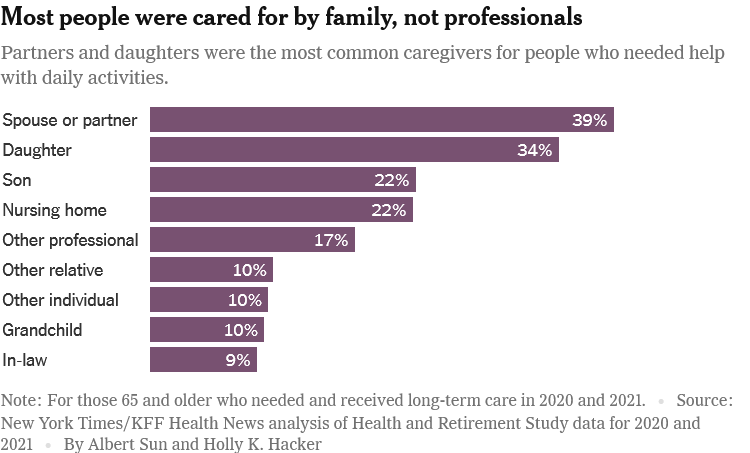




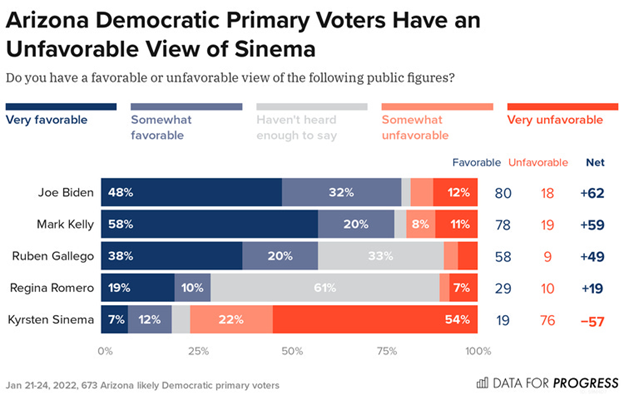

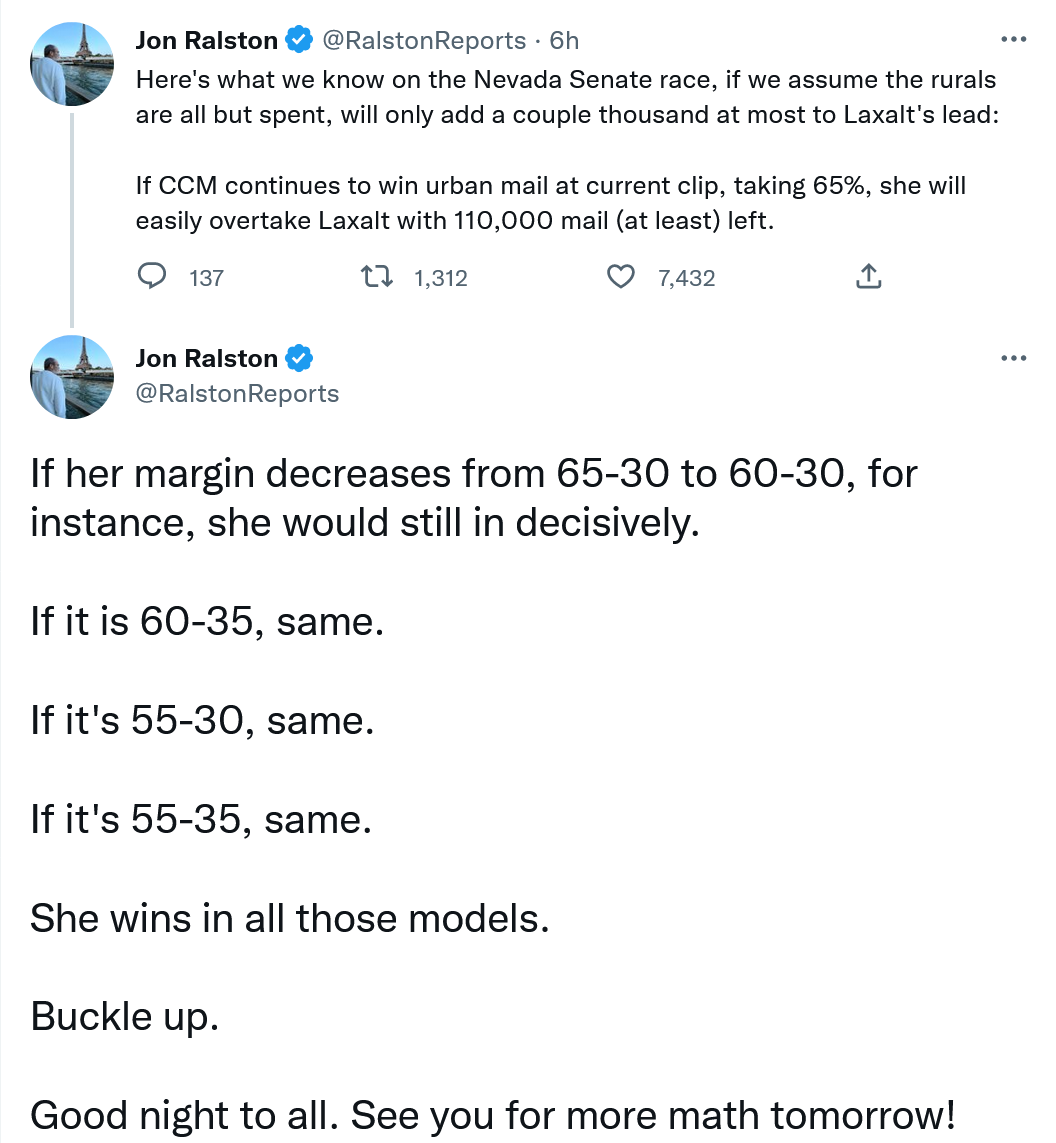

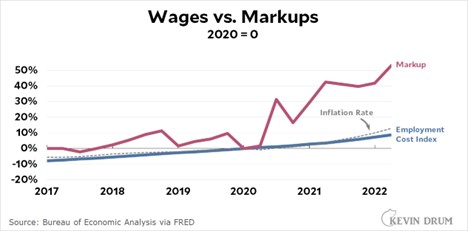
 Fall at Lake Gloriette, Dixville Notch, VT – October 2022 photo by
Fall at Lake Gloriette, Dixville Notch, VT – October 2022 photo by